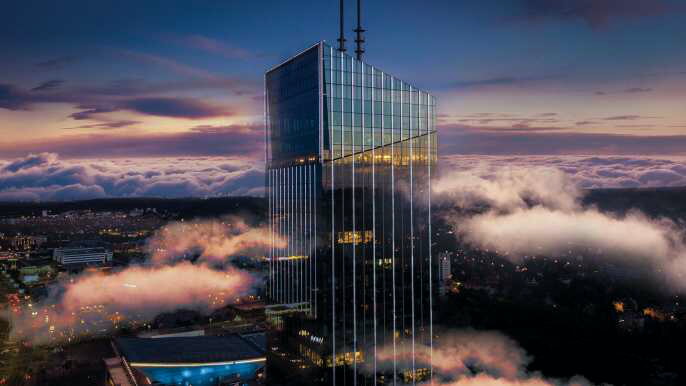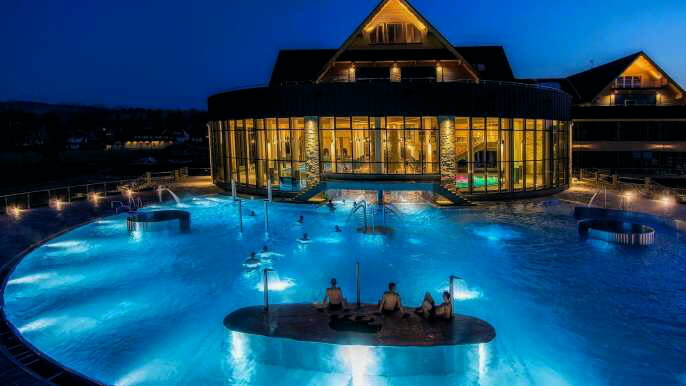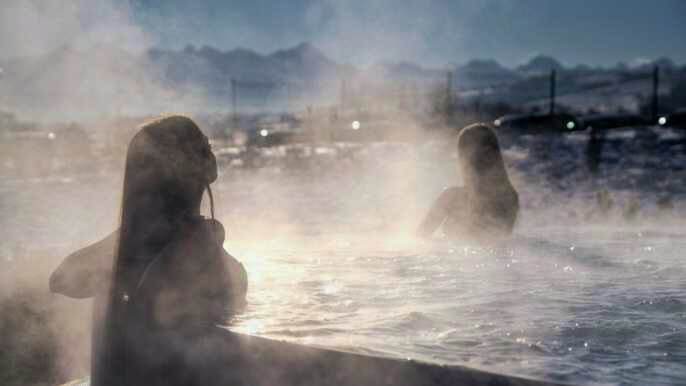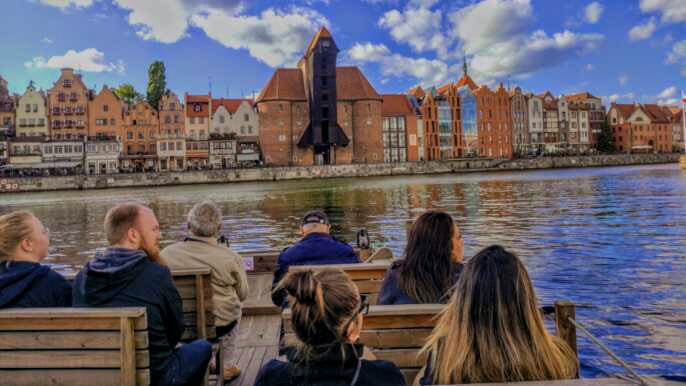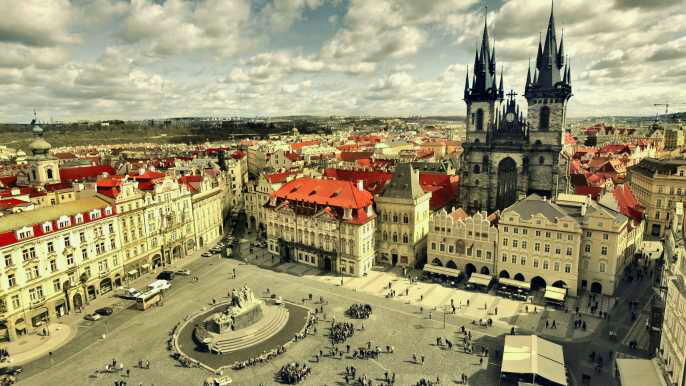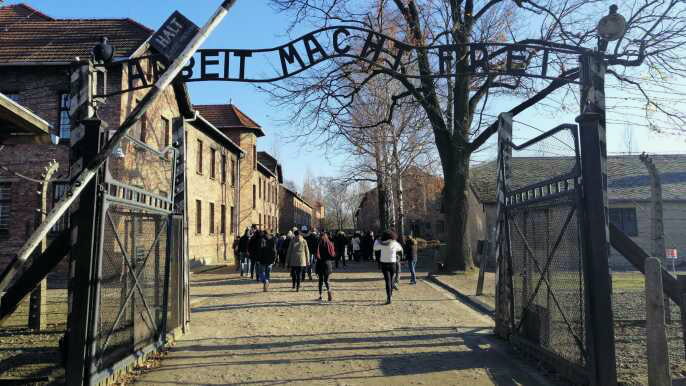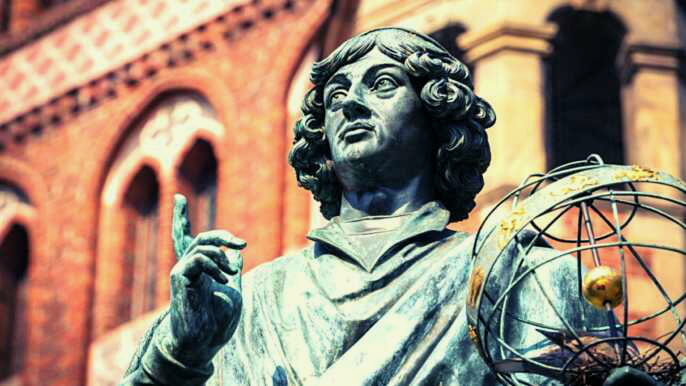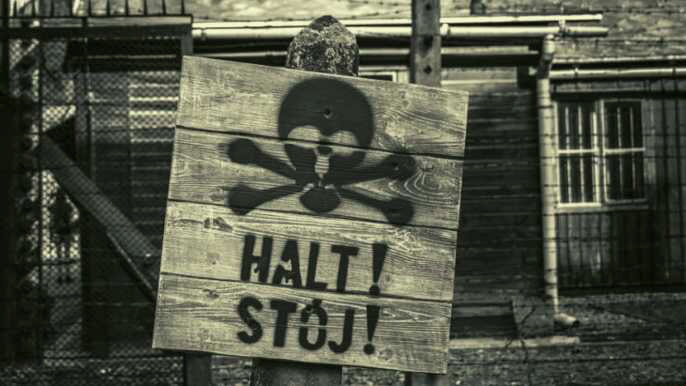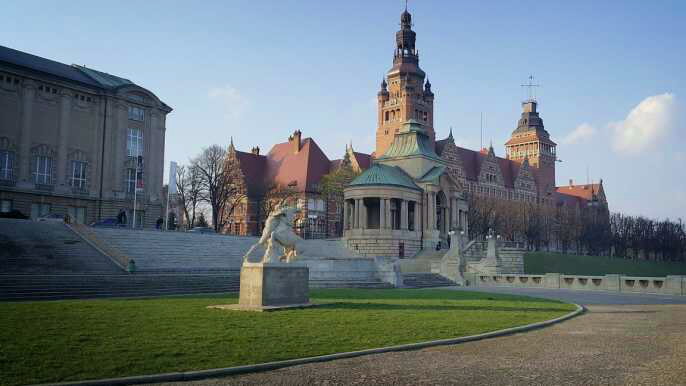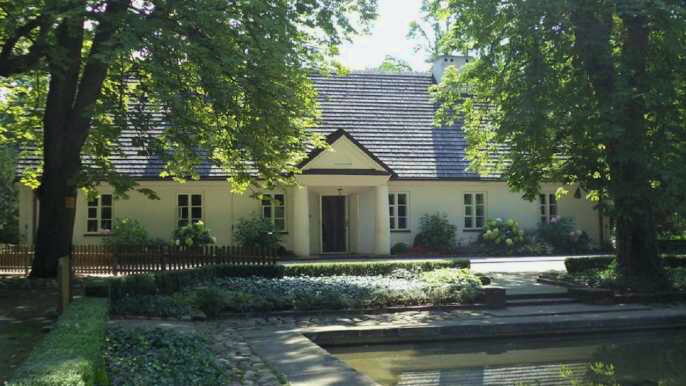Katowice may not be the most famous of Poland’s cities, but it isn’t without its charms. It’s an excellent base for exploring this part of the country, with its modern infrastructure and great shopping centres.
There are plenty of picturesque places, eye-catching monuments and modern museums to see in this charming city. But there is more to the story behind this industrial-turned-cool-town than meets the eye!
Ulica Dworcowa
One of the most interesting streets in Katowice is Ulica Dworcowa, or the "Train station street". There are many historic buildings here, such as the Old Railway Station and the Hotel Monopol from the early 20th century.
In addition, this street is also home to some of the city's most spectacular buildings, such as the Church of St. Mary.
The neo-Gothic architecture of this beautiful building makes it one of the most interesting places to visit in Katowice. This church was built in 1862 by the Silesian master builder Alexis Langer and is a symbol of Katowice's past and its transition into the modern age.
Today, this is a very important meeting point of the city. It is a popular place to meet with friends and colleagues, and it also offers numerous shopping opportunities.
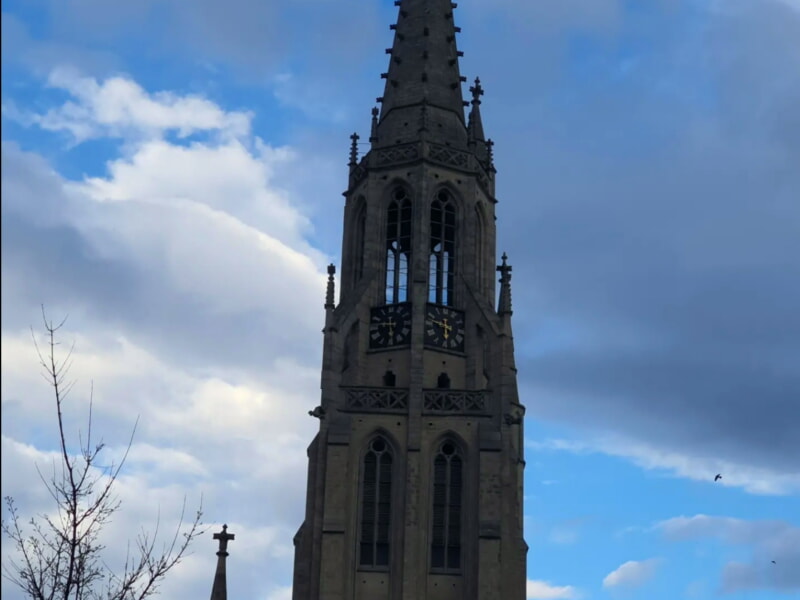
Kosciuszki Park
The Kosciuszko Park is one of the most popular recreational parks in Katowice. It's situated close to the city center and is a favorite leisure spot of locals.
It features a charming timbered church, a famous parachute tower and a statue of Tadeusz Kosciuszko. It also has playgrounds and a natural toboggan run in winter.
This is a great place to visit if you're visiting Katowice with kids. It offers an interactive exhibition of Tomek's story, a working karczma (tavern), and an outdoor museum with buildings from the 1100s to the 19th century.
This huge outdoor museum is an excellent example of how medium-sized cities should showcase their history. It's a lovingly recreated Silesian village, complete with staff on hand to explain everything.
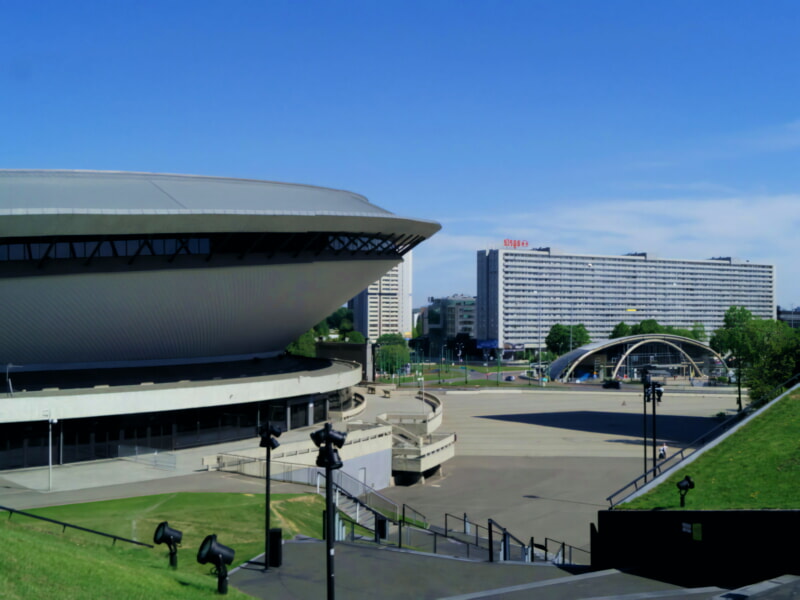
Three Ponds Valley
Katowice is the heart of Poland’s Silesian region and the centre of its cultural life. Its renowned orchestras, world-famous composers and popular music festivals make it a must-visit destination for all lovers of culture.
Despite being one of the fastest-growing cities in Europe, it remains a green oasis. Katowice’s parks are a perfect way to relax and have fun with friends or family.
The best place to enjoy the scenery is in Dolina Trzech Stawów (Three Ponds Valley), a popular recreational area for locals. The park is home to a rollerblading trail, cycle paths, jogging routes and kayak rentals.
A stroll around Nikiszowiec and Giszowiec - old mining settlements where the windows of all buildings are painted red – is also worth the visit. The district is a unique example of architecture and is a must for street photography enthusiasts.
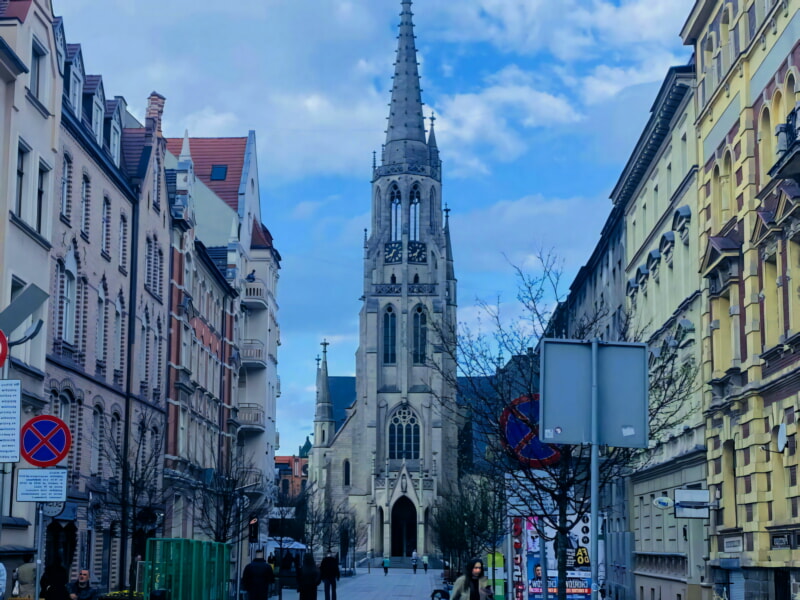
Muzeum Historii Katowic
The Muzeum Historii Katowic is a fascinating place to learn about the history of Katowice. It offers a permanent exhibition and exhibits from different periods that help you to understand the city’s past.
The museum is divided into several departments that focus on different themes. The history department presents documentation about the development of the Upper Silesian region, while the ethnography section focuses on the everyday objects of metallurgists and miners.
The museum is located in a beautiful historic house in the center of Katowice. It features a permanent exhibition that showcases many collectibles and a gallery that showcases art by local artists. It’s a great place to visit for both tourists and residents.
Silesian Museum
The Silesian Museum is an important place of learning about the history of Silesia and Poland. It is one of the most modern museum structures in Europe and its exhibitions are highly interesting and cutting edge.
The museum is a symbol of Silesia's struggle for national identity. It is located in a modern building designed by Karol Schayer.
The museum opens with an oval room dominated by the rotunda of Czieszyn. There are various informational displays about transportation, industry and trade. They include models of riverboats, statues of miners and porcelain with the arms of various towns. Then comes a room dedicated to the beginnings of Silesian history.

